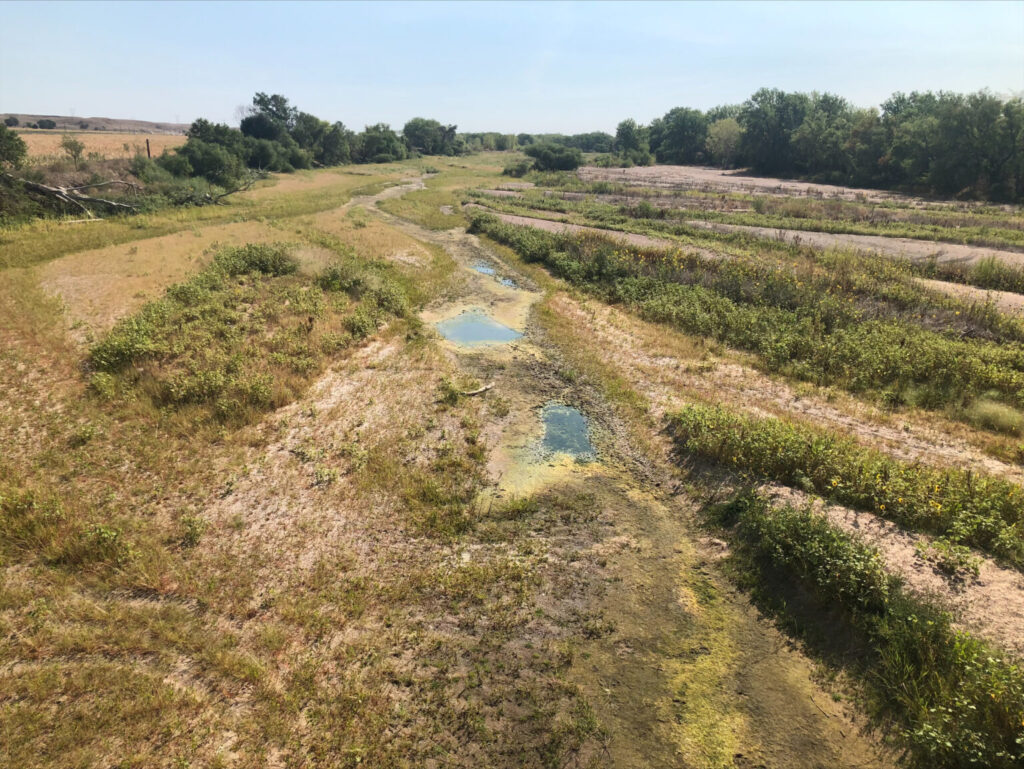Dr. Galen Erickson is the Nebraska Cattle Industry Professor of Animal Science at the University of Nebraska and director of the university’s Beef Innovation Hub. In the sixth lecture of the USDA’s Grazing Land Management and Soil Carbon series, he considered the implications of greenhouse gas (GHG) fluxes for beef producers in grazing systems typical of the U.S. Midwest.
Dr. Erickson began his talk by explaining how the EPA is interested in methane because it’s a greenhouse gas; however, the agency’s focus is on GHG emissions rather than GHG fluxes. Cars emit carbon dioxide from their tailpipes and cows emit enteric methane from their digestive process. Yet carbon dioxide and methane molecules also move between soil and air, such as when soil microbes break down organic matter. (The EPA says methane breaks down in 12 years and carbon dioxide breaks down in 300 to 1000 years. See our video for more information.)
Methane flux, the balance of methane emissions and uptake, is where Dr. Erickson would like to see a stronger focus. Methane is a more potent GHG than carbon dioxide, but the accuracy of methane’s potency deserves further research. “It’s hard to compare beef to driving a vehicle or burning fossil fuels”, he says, and further described such comparisons as “unfair.”
In the meantime, efforts are underway to reduce enteric methane from cows and sequester more organic carbon in the soil.id
With cattle, Dr. Erickson continued, the amount a cow eats is the main driver of how much methane it produces. Yet diet quality is also critical. He cited the use of algae as a feed supplement and explained how a California company called Alga Biosciences has developed a product that reduces methane emissions by 63%. Adding fats or oils to a cow’s feed can reduce methane by 10%. (Fat is indigestible and bypasses digestion.)
When cows graze in pastures, however, they eat grasses instead of feedlot feeds. These grasses need rain, and much of the U.S. Midwest receives abundant rainfalls. Yet places like Omaha, Nebraska, have experienced severe drought and record rainfall in recent years. “Precipitation matters,” Dr. Erickson explained, because the “live biomass” that’s available decreases during dry seasons.
Along with dried grasses, decreased precipitation is also associated with reductions in the amount of organic carbon that’s sequestered in the soil.
Dr. Erickson also shared several Nebraska studies where cows were either continuously or rotationally grazed in pastures where fertilizers were applied to the Brome grass that they foraged. The use of fertilizers was not associated with greater weight gains in cattle, but the fertilized pastures did support more cows per hectare. Brewer’s Grain was fed to the cattle as a dietary supplement.
In concluding his presentation, Dr. Erickson explained that more data is needed to “prove” the efficacy of practices that are designed to maximize beef per acreage while maintaining forage biomass. For now, it’s easier for scientists to predict the amount of methane that’s produced by cows, at least when intake and diet quality are well-known.

